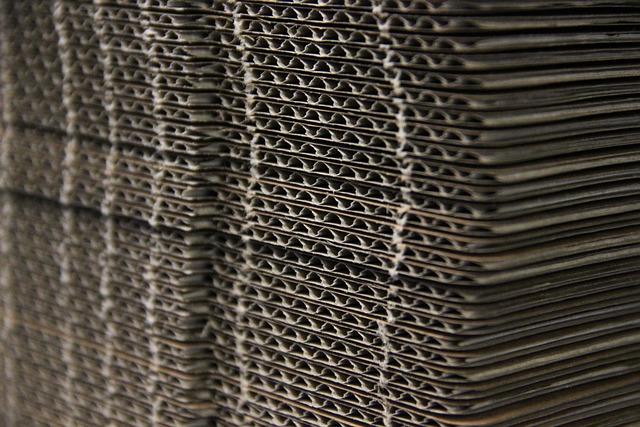Material selection strategies to improve parcel resilience
Selecting the right materials can significantly reduce damage, returns, and handling costs across ecommerce and traditional retail supply chains. This article outlines practical strategies for choosing containers, labels, and protective components that balance quality, durability, sustainability, and ergonomics for improved parcel resilience.

Choosing appropriate materials is a foundational step in improving parcel resilience and reducing damage during transit. Material selection affects durability, weight, and compatibility with automated handling systems, and it must be balanced with sustainability goals and cost constraints. This article outlines strategies for material choice, design considerations, labeling and ergonomics, and how these decisions affect returns and supplychain performance.
How do materials affect parcel resilience?
Material selection determines how a parcel responds to impacts, vibration, compression, and environmental exposure. Corrugated fiberboard with higher flute profiles and recycled-content liners can provide improved cushioning while remaining lightweight. Polymer-based films and foams offer moisture resistance and puncture protection for specific product types. Consider the full stack — inner cushioning, primary container, and outer shipping container — because interactions between materials can either amplify or mitigate damage. Testing a representative set of SKUs under expected handling and climatic conditions gives realistic insight into material performance.
How to design for durability and manage returns?
Design choices that increase durability also reduce the frequency of returns due to transit damage. Reinforced corners, edge protectors, and appropriate void fill reduce stress points on both rigid and flexible containers. For returns management, design for easy inspection and reuse where possible: modular inserts and resealable closures simplify refurbishment and restocking. Durable design should also consider seal integrity and tamper-evidence to reduce claims disputes. Track return reasons and failure modes to prioritize material upgrades that address the most common issues.
What role does sustainability play in material choice?
Sustainability criteria increasingly influence procurement decisions. Biodegradable coatings, recycled fibers, and mono-material constructions that simplify recycling can reduce environmental impact. However, sustainability must be evaluated alongside durability; a low-impact material that leads to higher damage rates can increase overall environmental cost due to replacements and returns. Life-cycle assessments and collaboration with local recycling facilities or collection programs in your area help identify materials that meet both circularity and performance goals.
How can automation influence packaging quality?
Automation in warehousing and fulfillment introduces consistent handling profiles but also specific stresses, such as high-speed conveyors, robotic grippers, and sortation systems. Materials must be compatible with automated machinery: consistent carton wall properties, predictable friction coefficients, and reliable sealing for machine-application tape or adhesives. Automation may allow tighter tolerances, reducing overpack and weight, but it requires rigorous material specification and quality control to avoid jams, misreads, or increased damage rates.
How should labeling and ergonomics be considered?
Labeling is integral to parcel resilience: scannable barcodes, durable label adhesives, and clear orientation markings reduce sorting errors and exposure to repeated handling. Select label materials that withstand cold, heat, moisture, and abrasion encountered in transit. Ergonomics affects both performance and damage reduction: handles, grip-friendly surfaces, and manageable package weights reduce mishandling risk by human operators. Consider labeling placement to avoid damage-prone zones and ensure automated scanners can read packages without extra handling.
How do containers, quality control, and the supplychain interact?
Containers tie together material, design, and operational factors across the supplychain. Standardized containers simplify load planning and reduce voids in pallets, while tailored containers protect fragile items. Quality control processes — incoming material checks, periodic strength testing, and supplier audits — ensure consistent container performance. Collaboration across procurement, operations, and carriers helps align container specifications with carriage constraints and ecommerce requirements, reducing damage and returns while maintaining throughput.
Material selection strategies should be data-driven and iterative. Use real-world testing, track damage and return data, and align choices with automation and sustainability targets. Cross-functional teams including design, procurement, operations, and carrier partners can balance durability, cost, and environmental impact to improve parcel resilience over time.






